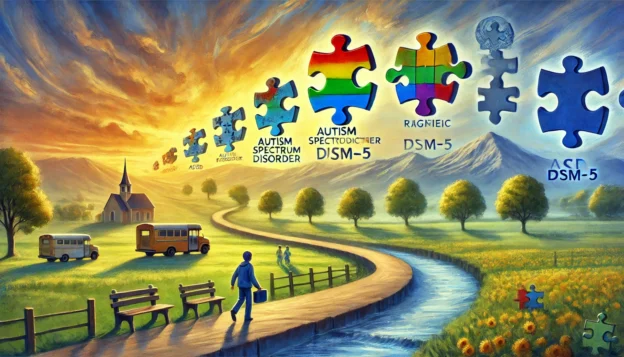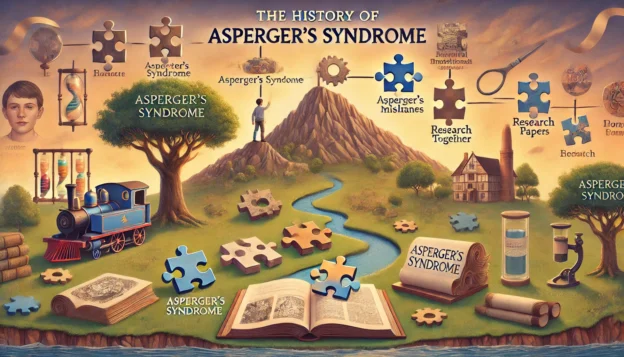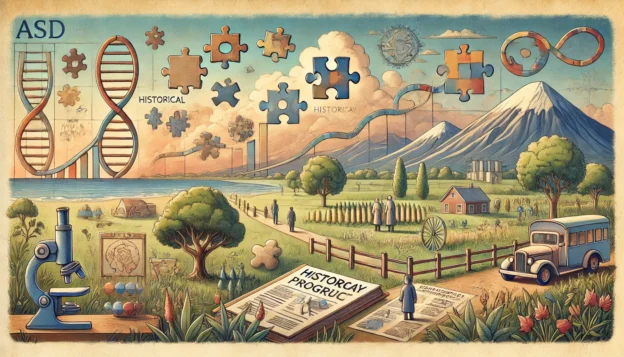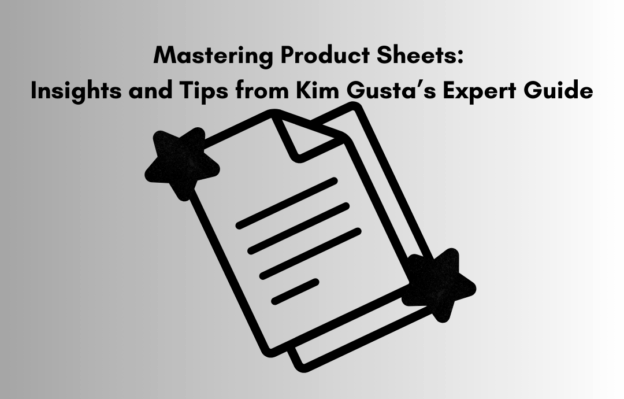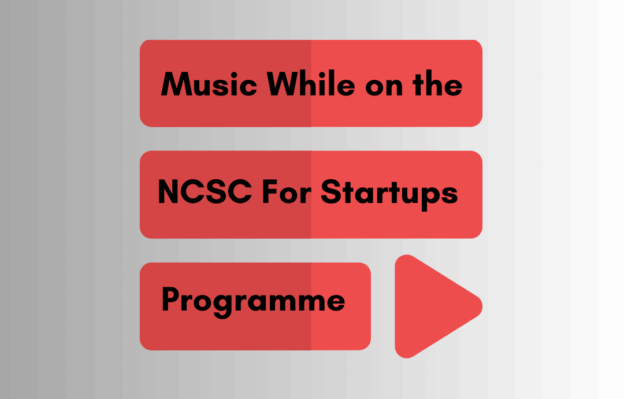Asperger’s Syndrome, described by Dr. Hans Asperger in 1944, is characterized by normal to high intelligence and strong language skills but significant social challenges. The DSM-IV recognized it as distinct from other autism spectrum disorders. However, the DSM-5 in 2013 merged Asperger’s into Autism Spectrum Disorder (ASD), citing shared characteristics. Critics argue this overlooks unique cognitive profiles, language development, and social interaction patterns specific to Asperger’s, necessitating tailored educational and behavioural interventions. Maintaining Asperger’s as a separate classification ensures individuals receive appropriate, specialized support, improving their outcomes.
Continue reading
